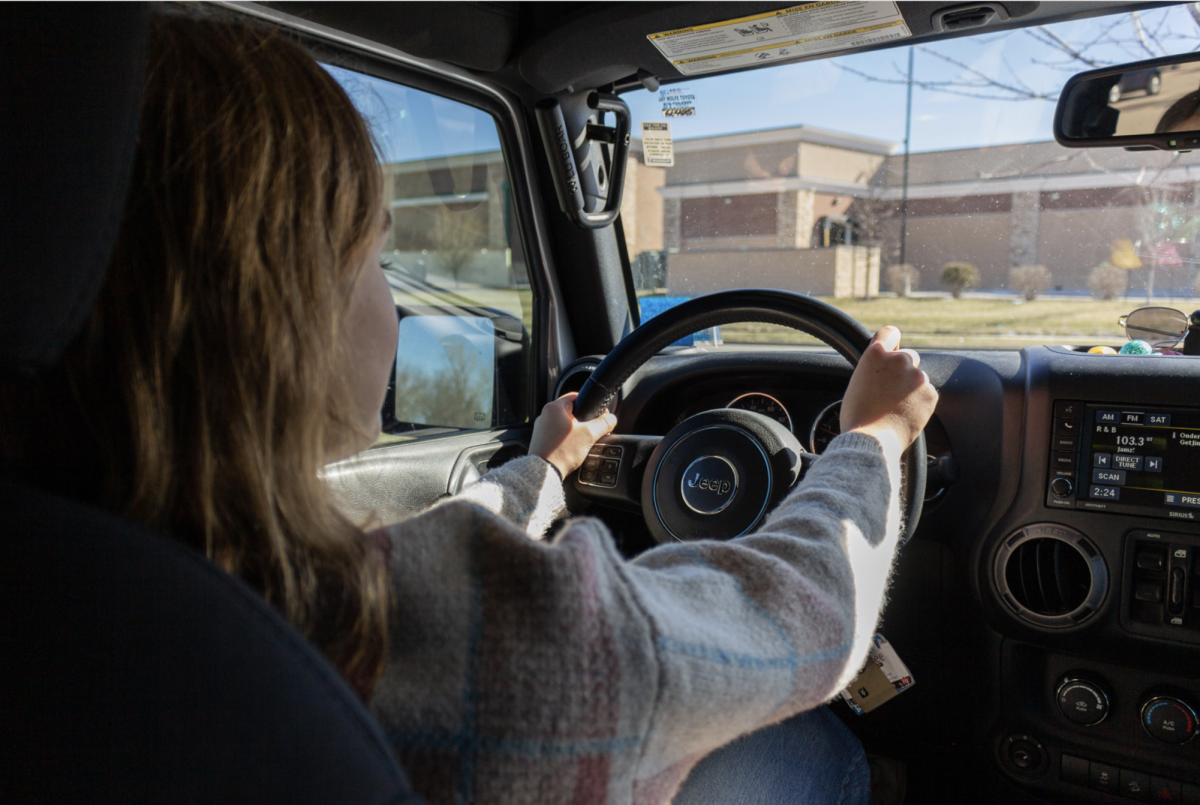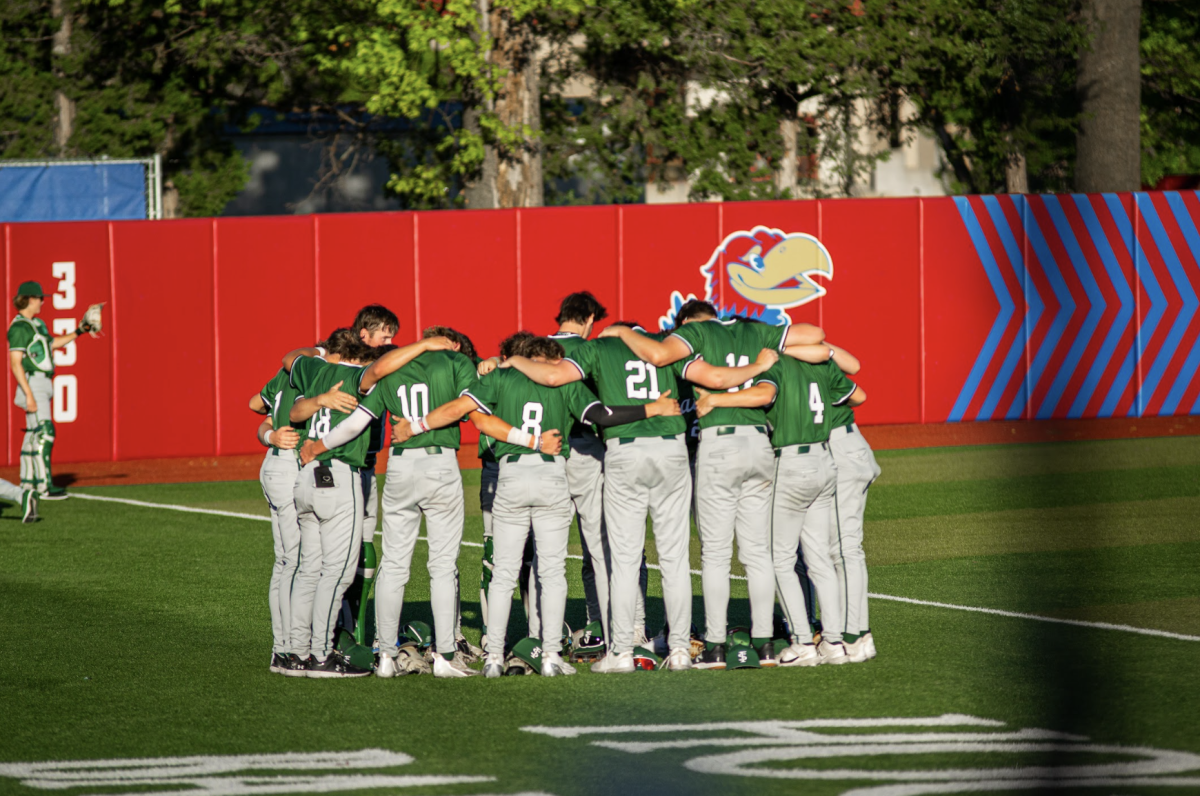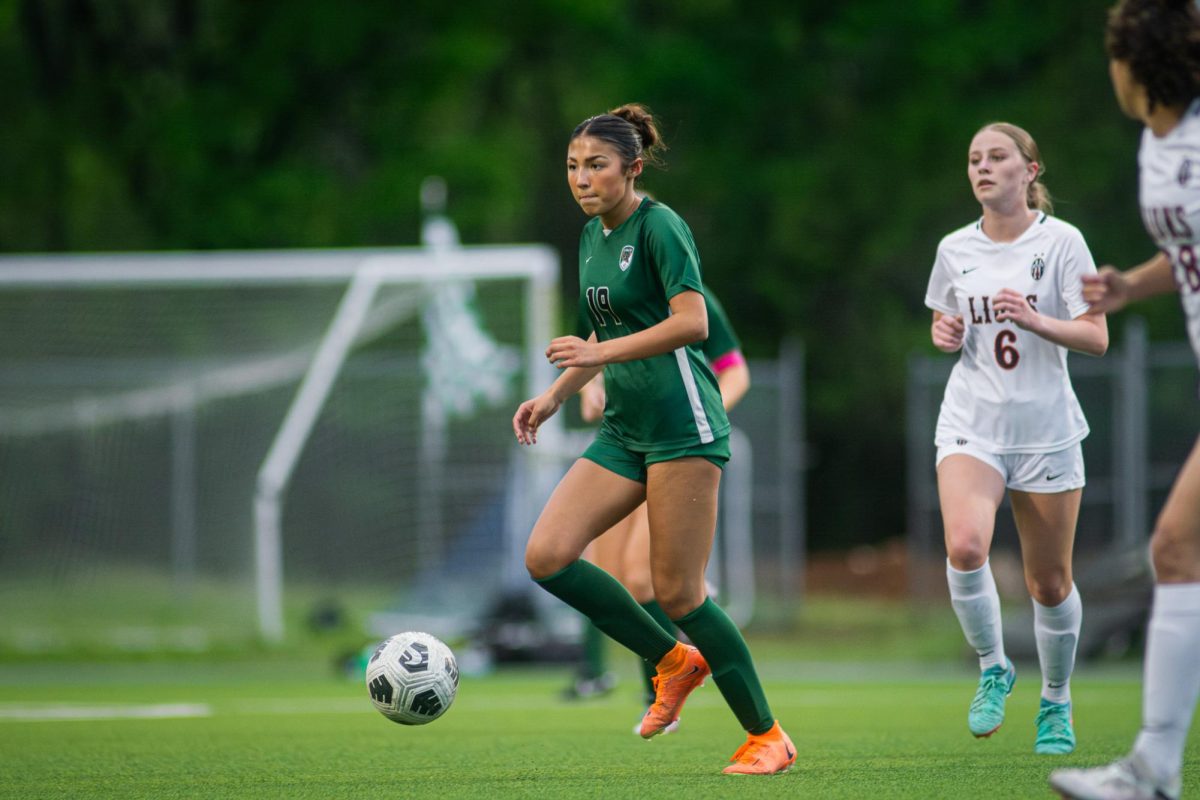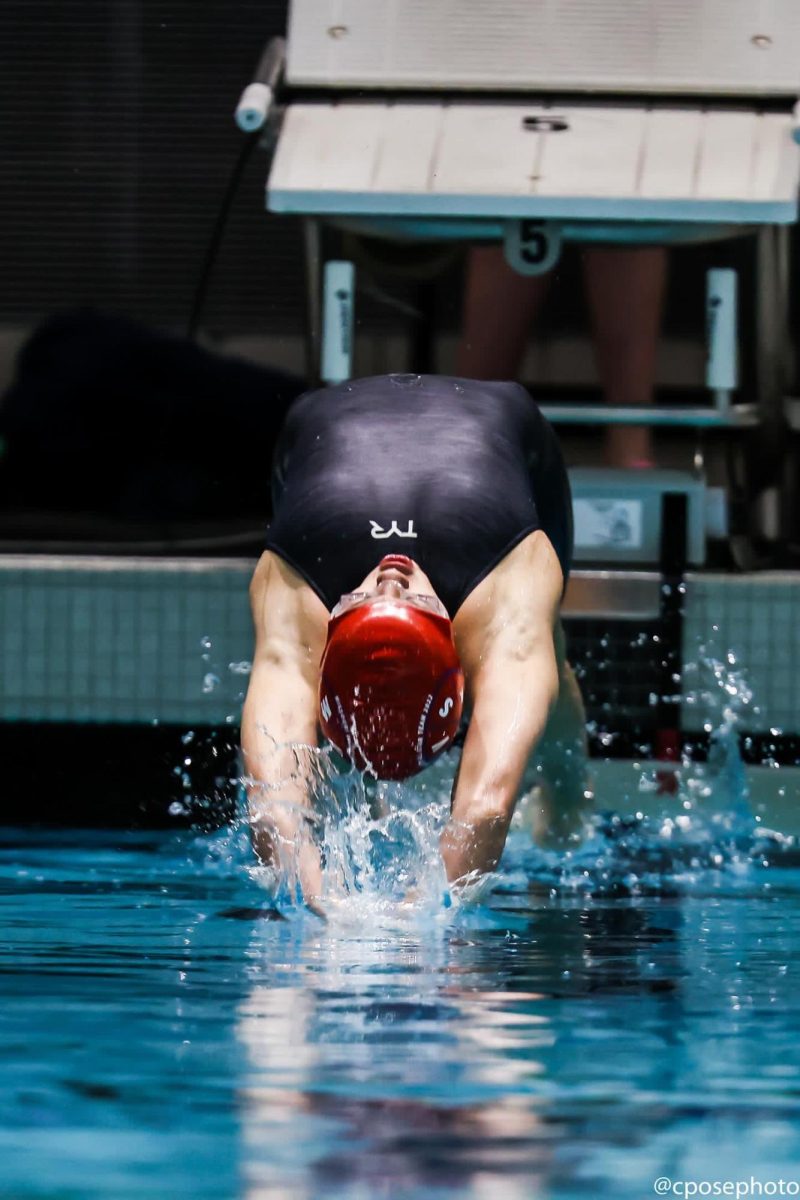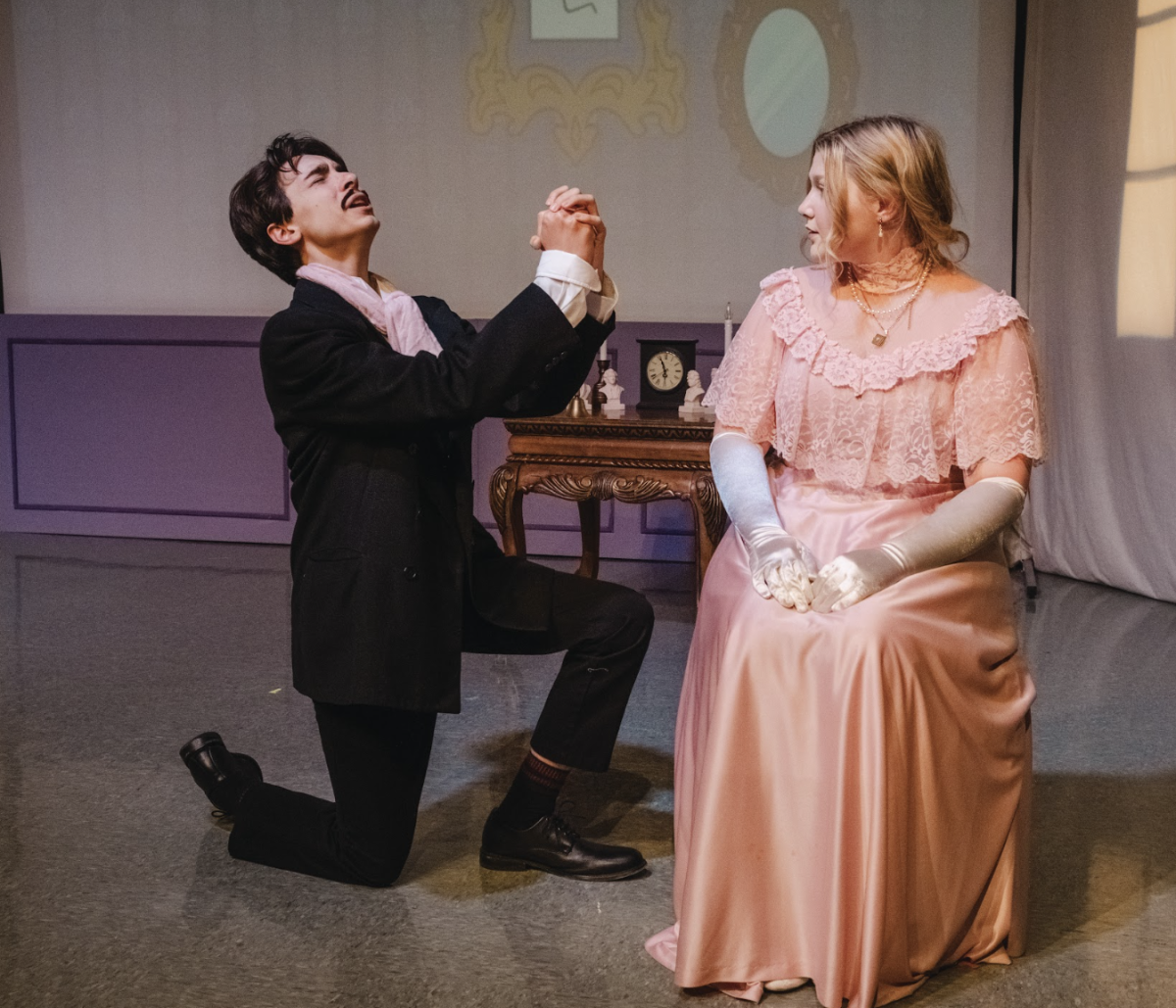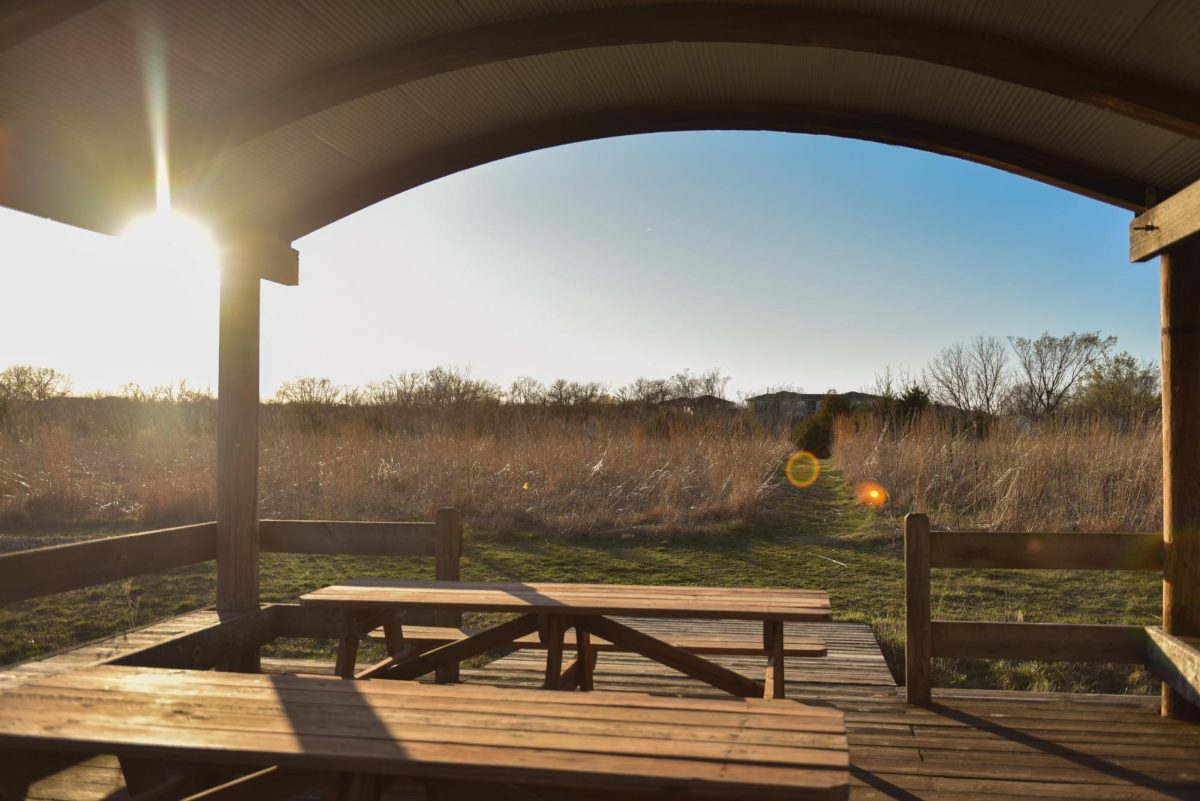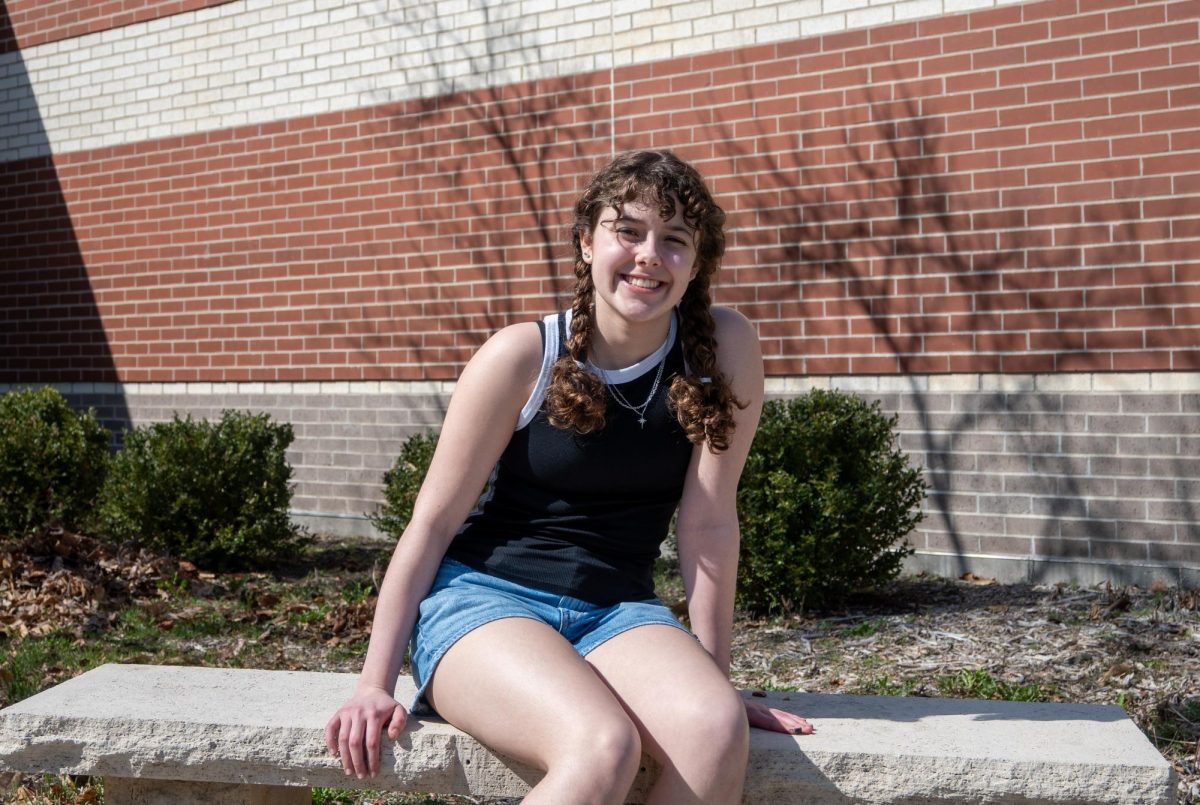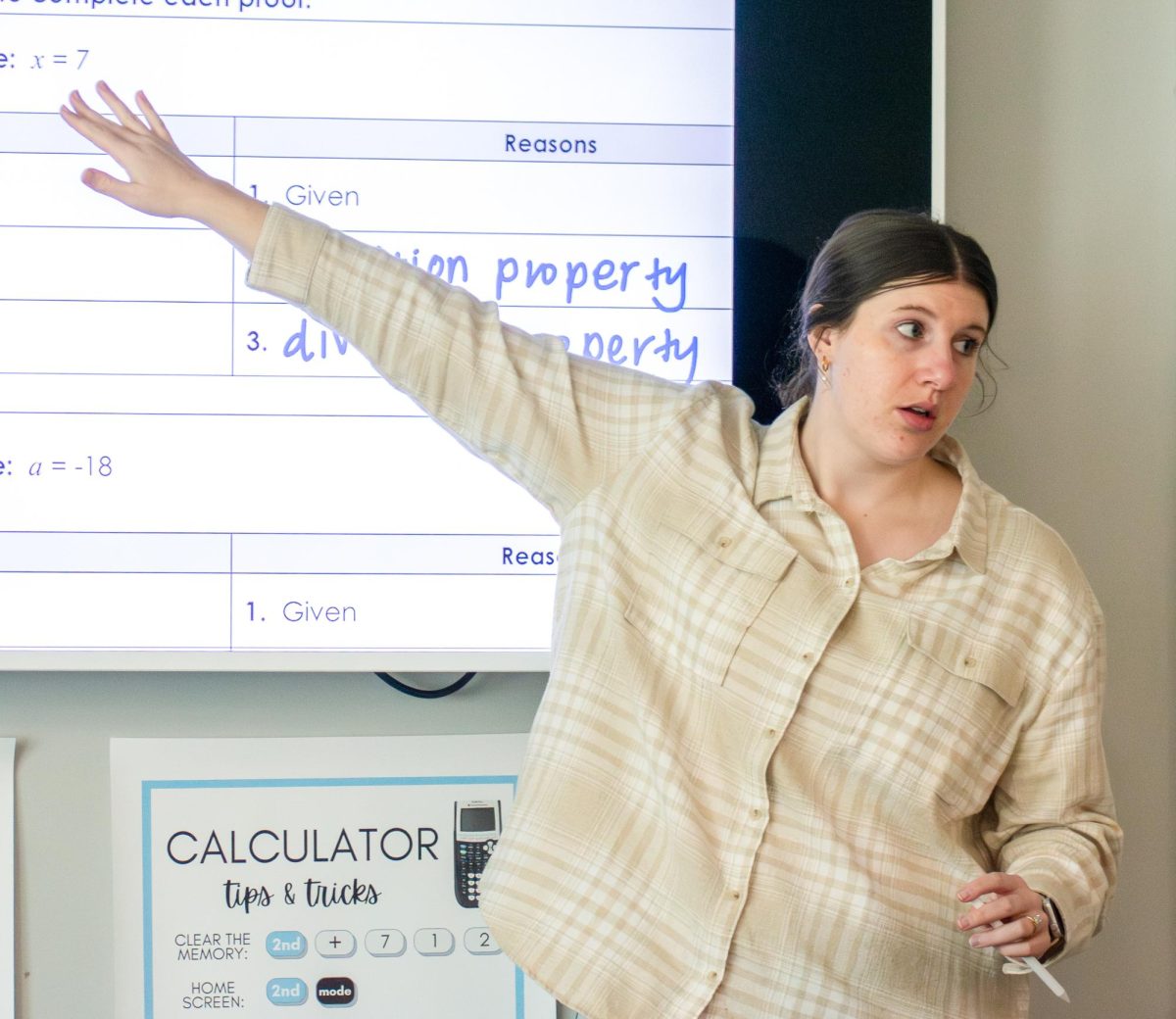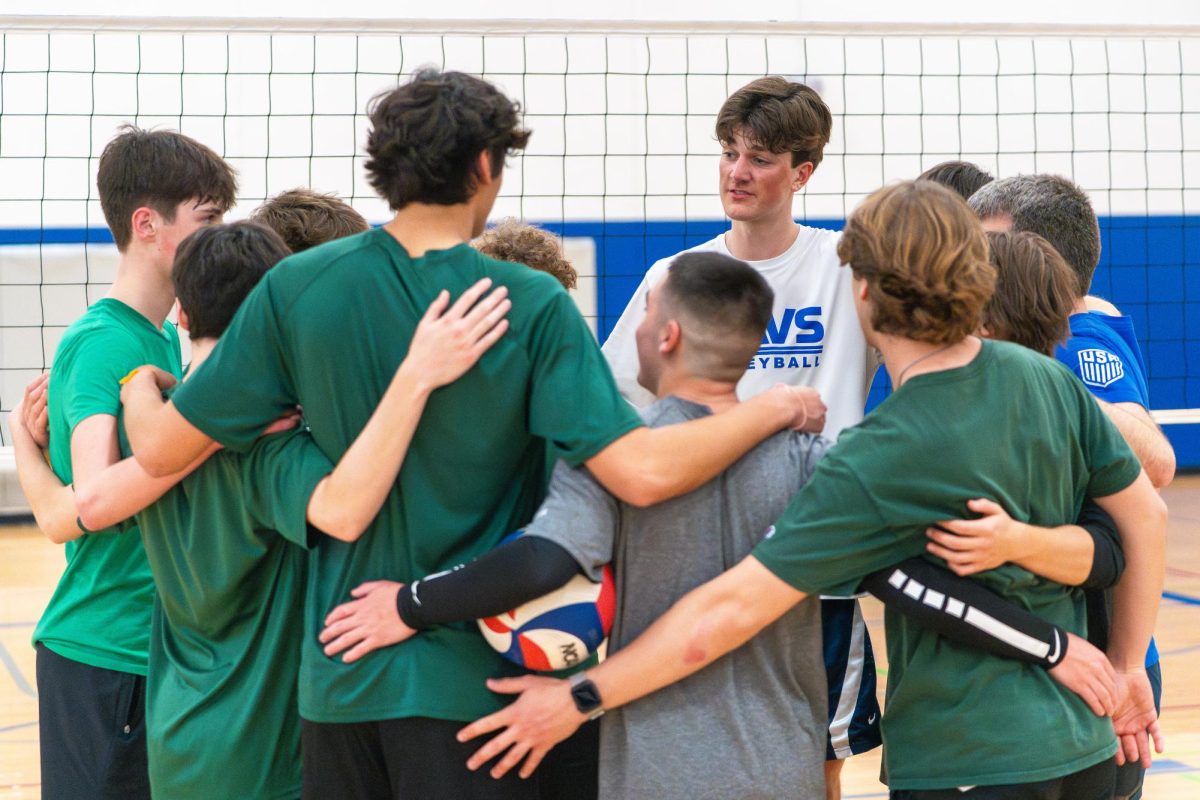If you’ve ever had to spend hours at the DMV to get your driver’s license, you’ve probably wondered if you could just leave without it and drive anyway.
It turns out, teenagers driving unlicensed throughout the United States is more common than one might think. This includes both the unlicensed, students without any documentation at all and the “under-licensed”, whose driving practices don’t follow the terms of their learner’s permit.
According to the Kansas Department of Revenue, the terms of a learner’s permit (minimum age of 14 necessary to obtain) state that a licensed adult, minimum age 21, must be in the passenger seat at all times when the permit holder is driving.
Since students who drive illegally may not choose to self-report, it is difficult to know accurately how big of a problem this is at school. According to a poll on @fsjournalism on Instagram, 22% of respondents reported driving alone as young as 14, which would make them “under-licensed.”
According to two anonymous student sources (Jane Doe who was previously under-licensed, and Sally Smith who is currently under-licensed, the decision to begin driving independently without a valid driver’s license was made without much forethought.
Doe said they began driving without her license at 14, without any consideration of the consequences. After receiving their permit, Doe began using their friend’s car to drive around town for fun, and felt confident enough in their driving abilities to be on the road.
“I should probably have been worried about the fact that I didn’t know how to drive,” Doe said.
Smith, who plans to get their full license soon, began driving around town before they received their permit. They drive around town alone regularly, but don’t drive to school.
“[My parents] are fine with it, as long as I don’t get in a wreck or something.” Smith said.
When asked, neither Smith nor Doe were aware of exactly what would happen if they did have an accident, and didn’t have their full license. According to the Kansas legal code, driving without a valid license can result in a fine of up to $1000.
As previous Driver’s Ed teacher Teresa Griebs said, an even greater problem is legal liability for any damages to other property or people that might happen.
“If you hurt someone you have to pay for their medical bills, and fix the car. That’s a big chunk of money,” Grieb said. “So they are setting themselves up for it, which is scary, but I don’t think they realize it. They just are in that mode of, ‘If I don’t get caught, then it’ll be okay.’”
Another issue is the risk taken by these drivers to their own health. According to the National Institutes of Health, young unlicensed drivers are more likely to be in fatal crashes and to engage in high-risk driving behaviors such as impaired driving, seat belt non-use and speeding.
Grieb, having many years of experience with unlicensed student drivers, proposed that showing a valid license while getting a parking permit at school should be mandatory. This way, the school won’t have to worry about liability, and more unlicensed students will stay off the roads during the school week.
Regardless of what the school does or even what parents allow, it is up to the unlicensed driver themselves to be responsible on the roads, and follow through with getting their full licenses. When asked if they worry about the consequences that unlicensed driving may cause, both Doe and Smith said that they do.
“I’m a super paranoid person so I don’t do it often, only if I really need to,” said Smith.



